How to get rid of moss on your lawn?
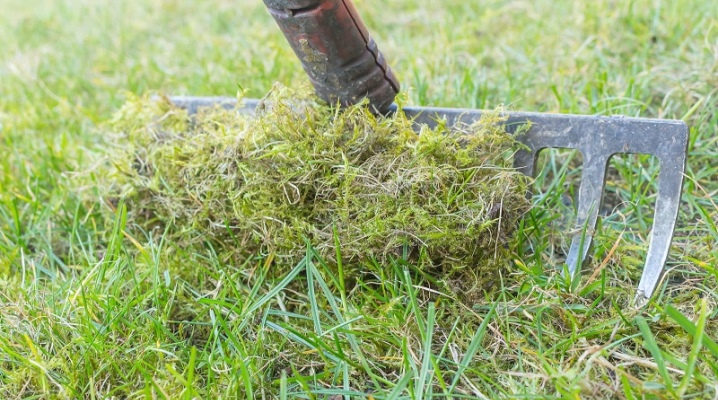
Moss can wreak havoc on even the healthiest, tidiest lawn. Fortunately, getting rid of it does not cause any particular difficulties and can even be done in several ways.
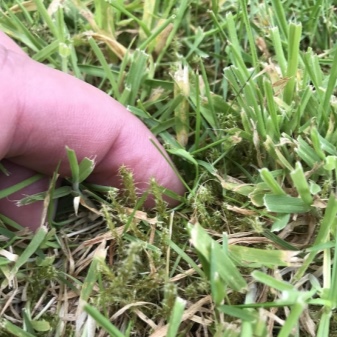
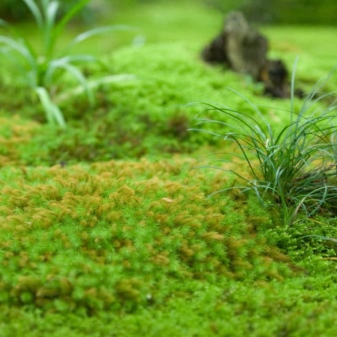
Reasons for the appearance
When the lawn is overgrown with moss, which, accordingly, clogs the grass, this can happen for various reasons, therefore, the ways to eliminate the same problem in similar situations are radically different. Sometimes you can guess the source of the problem simply by identifying the type of weed - for example, creeping moss with greenish shoots appears either in the absence of sunlight, or on a substrate without a proper drainage system. If, on the lawn, moss has grown with straight and long stems, the shade of which changes from brown to green, excessive acidification of the soil is to blame. When a small weed with straight shoots grows very actively on the lawn, then the problem may have arisen due to strong mowing, as a result of which the grass was cut almost to the root.
In spring, the weed is actively developing due to excessive moisture, plus the situation is aggravated by a lack of nutrients. It is much easier to cope with such an "invader" - it will be enough just to start regular feeding. By the way, excess moisture also occurs when the site is located in a lowland - only a good drainage system can help in this case. Moss can also form when groundwater is close to the surface, especially if the soil itself is poorly permeable. Other reasons for the overgrowth of the weed include improper mowing, insufficient turf care and the lack of timely removal of dry branches and leaves, or the weakening of lawn grasses after illness or the winter season.
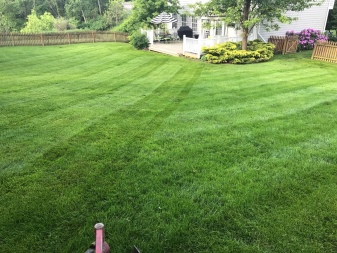

Ways to fight
There are several methods to get rid of moss from your garden lawn. The choice of one or another method is determined depending on the severity of the "infection", financial and time resources.
Mechanical removal
The easiest way to remove moss is mechanically - that is, manually. Since the plant has rather short roots, removal does not cause any particular difficulties. You can act either with an ordinary rake, or with special nozzles for a lawn mower, equipped with short and thin teeth. The procedure itself does not take much time, and the only prerequisite for its implementation is the thorough processing of the entire area. Another advantage of choosing mechanical removal is the resulting aeration, which improves oxygen access to the root system of the lawn grass.
By the way, when making punctures in the soil with a pitchfork, it is recommended to maintain a depth of 10 centimeters and intervals of 15 centimeters.

Chemical treatment
Herbicides, for example, concentrated iron sulfate, can quite effectively fight against moss. To process 15 square meters of lawn, it will be enough to dilute 5 milliliters of the product in a liter of water, and then spray it. You can also remove the moss with 5% ferrous sulfate. Copper sulfate shows good results against weeds - in this case, 10 milliliters of the drug is diluted in a liter of water, and this amount is enough to process 20 square meters of lawn.Gardeners also recommend using special mixtures containing ammonium sulfate, ferrous sulfate and sand.
It is better to start cultivating the lawn during the dry season, since the moss is most weakened during this time. If the procedure is carried out in the correct way, then in no more than a week the moss will turn black, that is, it will begin to die off, and it can be removed with a rake. During this period, it is better not to walk on the grass.
In order to preserve the aesthetic appeal of the lawn, it is recommended to sow the formed bald spots with rapidly growing grasses.
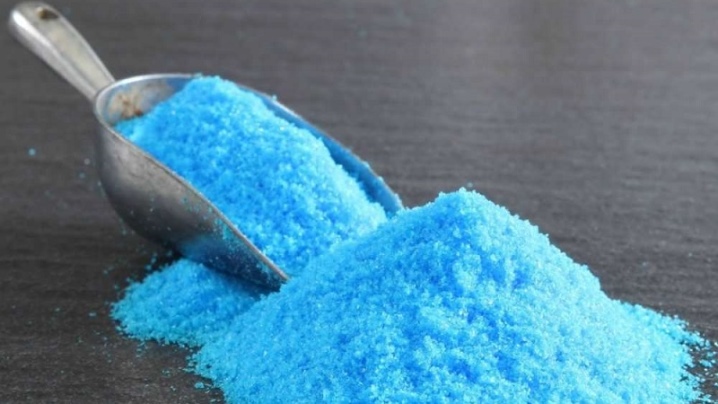
Soil deacidification
Moss often develops in an area with high acidity soil, so owners are advised to first check the pH level with a special device or litmus paper. In the event that the indicator is below 5.5, soil deoxidation should be carried out. You can destroy the weed using dolomite flour, 0.5 kilograms of which will be required to process 1 square meter, or lime taken in the same proportion.
The use of ash requires the use of 1-1.5 kilograms of powder for the same area, but gypsum is enough for only 400 grams. For the same purpose, chalk in the amount of 500-700 grams, as well as a solution of soda or soap, is suitable. Processing is carried out either in early spring or early autumn. The soil should be limed by combing and cutting the sod, otherwise all active substances will fall on the dry grass, and the desired effect will not be achieved.

Decrease moisture
If, after each attempt to water the lawn, there is an active growth of moss, it is likely that the main reason is waterlogging of the soil.... Ideally, the prevention of such a situation is carried out at the design stage, when a high-quality drainage layer is formed. If the water still stagnates, then the earth can be loosened with fine-toothed rakes, after which a centimeter layer of sand can be formed.
Besides, it is necessary to reduce daytime irrigation and completely abandon evening irrigation, especially in autumn and spring. In some cases, only the creation of a uniform slope going from the main site to its boundaries will allow solving the issue of stagnation.
A good effect can be achieved by the use of drainage mats and hydro-fiber when organizing a lawn, as well as the introduction of silt sand into the substrate.
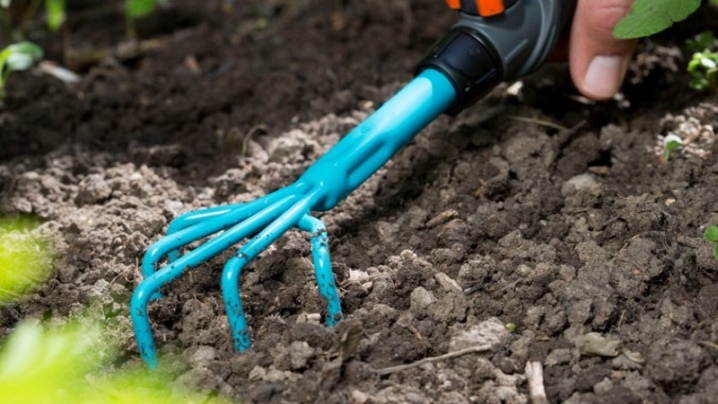
Eliminate shading
A fairly common reason for the spread of moss on a lawn is a lack of sunlight. To eliminate ideal conditions for weeds, you will need to transplant large bushes that create shade, as well as thin out the dense crowns of trees growing nearby.
In that case, when it is not possible to eliminate the source of shading, it is better to combat moss using a mechanical or chemical method. On the shady side, it is better to sow those herbs that do not need an abundance of sunlight - for example, hellebore or fern. The formed lowlands must be leveled with sand, and the mowing should not be too low.
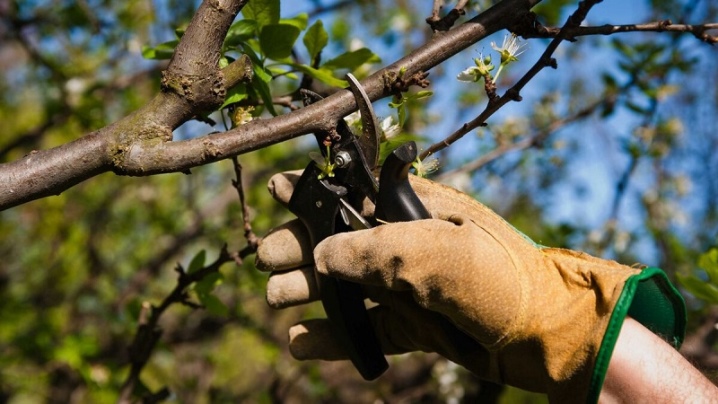
Weed control
Since moss often grows along with other weeds, weeding is the best way to kill it, which will be successful with a special rake for combing out. Dandelions, buttercups, clovers and plantains are usually also to be combed out.
The global destruction of weeds can also occur with the help of herbicides, which will be enough to apply once.
- In the tillering phase, it is best to use Lintur from Syngenta, 0.75 grams of which is diluted in 2 liters of water. The resulting liquid should be enough to handle 40 cubic meters.
- 3 days after mowing the lawn, you can use the "Clean Lawn" brand "Belreakhim". For 100 cubic meters, only 1.4 grams of powder and 5 liters of water are required.
- Finally, during the growing season of weeds after the first mowing, gardeners recommend using Lontrel of the August brand.If 6 milliliters of the drug are combined with 5 liters of water, then the resulting volume of herbicide is enough for 100 cubic meters of the lawn.
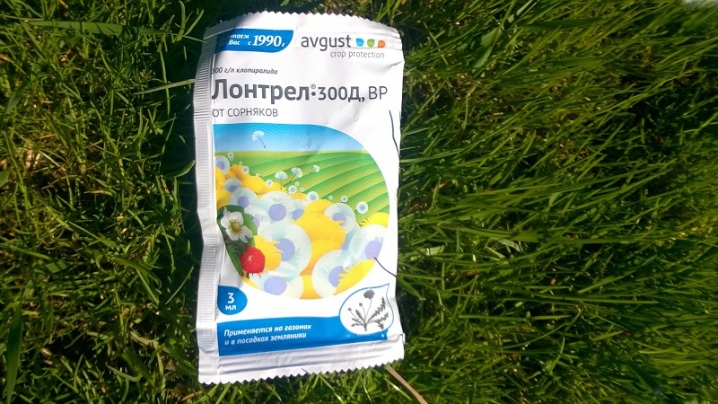
Fertilizer
The weed feels good on poor soils, therefore, by starting to regularly apply top dressing, you can change the situation for the better. The choice of fertilizers should be based on the presence of highly concentrated nitrogen and iron in the composition, but varieties with protection from moss or with zeolites will be optimal.
You only need to act according to the instructions, since excessive feeding will lead to active growth of the lawn grass, and it will become more difficult to care for it. It is better to fertilize the lawn in the spring, and then repeat the procedure a couple more times during the season. By the way, both solid and liquid formulations are suitable.
- Agrecol's "Lawn from moss" gets good reviews. A solution prepared from 30 grams of the drug and a liter of water is used twice a season, and the second time it must be applied after a heavy rain.
- Target's special Lawn Moss Combination does a good job. The product in the amount of 25 grams can be used every month and a half from the beginning of the spring season to the end of the summer.
- Gardeners also recommend "From the moss on the lawn" by "Embiko". Having prepared a solution from a liter of water and 100 milliliters of the drug, it will be necessary to carry out 2 treatments, after waiting a week and a half.
Lawn grass will also accept organic fertilizers such as manure, compost or wood ash.
When choosing mineral fertilizers, it is important to ensure that a small amount of phosphorus is present in the composition, since it is this component that accelerates the development of weeds.

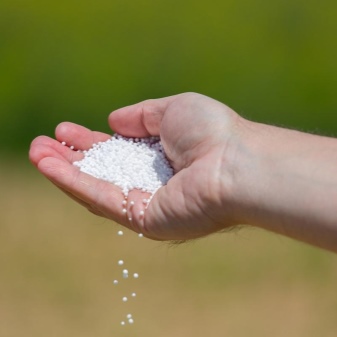
Mulching
Mulch allows you to effectively control various weeds, including moss. Mulching is best done with sawdust, straw or dried hay. The dry layer will absorb excess moisture, and therefore interfere with the creation of a favorable environment for the spread of weed crops.
In that case, when the reason for the growth of moss is not clear, it is better to combine several methods. You should start by treating the area with a lawn mower to facilitate access to weeds. Further, spraying with herbicides takes place, after which a time period is awaited, during which the moss will turn black and dry. With the help of a fan rake, weed remains are removed, and the entire territory is worked out by a stratifier. At the end, the resulting bald spots are sown with a culture of rapid germination.
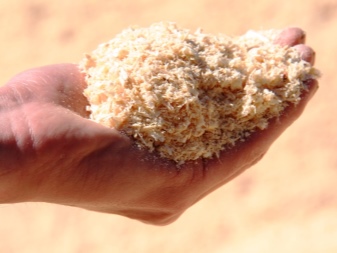
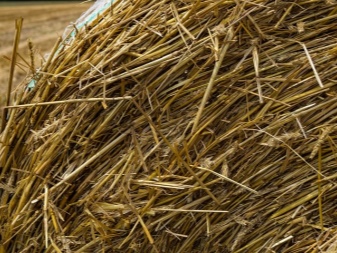
Preventive actions
So that the lawn on the site is not covered with moss, it is important to carry out preventive measures in a timely manner and do not forget to regularly care for the grass. Initially, you should think about leveling the lawn, which can be done with either a layer of mulch or additional soil. If there are no holes on the surface, then the liquid has nowhere to stagnate, which means that weeds will not develop. The bumps are also removed immediately. It would be good to sow the appeared bald spots with herbs that moss does not like. In this case, we are talking about bent grass, fescue and bluegrass.
Mandatory prevention is fertilization before the start of the season. Regular pruning of trees and removal of dead and broken branches of shrubs will help to prevent shading. The lawn should not be exposed to unnecessary mechanical stress, that is, you should not walk dogs in the area or allow children to ride a bike or play active games. Mowing the lawn should be regular, not too high and not too low - you should be guided by 5 centimeters. After the procedure, it is better to immediately clean the surface of the grass. An interesting solution is the formation of a flower bed with perennials in a shady area covered with moss. It is important to choose flowers in such a way that one species is replaced by another, and flowering continues throughout the season.Thus, the moss will disappear under the foliage.
In the case when the low-lying area cannot be leveled, then a pond can be organized on the territory, as a result of which the moss will become completely organic. Having created a depression on the lawn, it will need to be decorated with stones, small pebbles and large boulders, and the gaps between them should be planted with hosta and sphagnum.

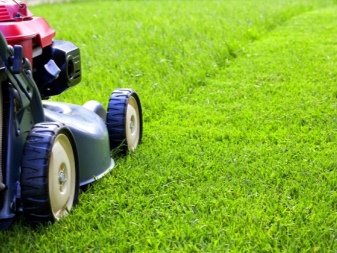
For information on how to get rid of moss on your lawn, see the next video.



































































The comment was sent successfully.